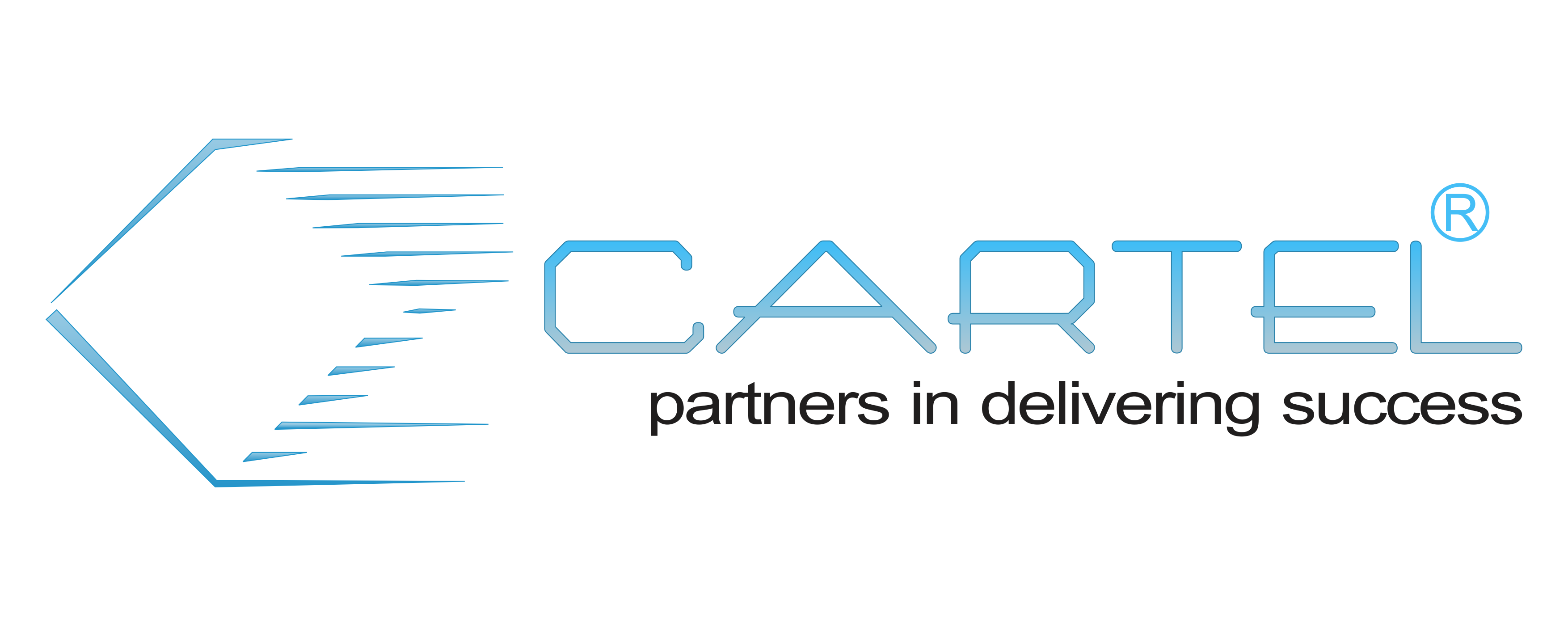Introducing Cisco Data Center Networking (640-911)
Course Details
1.0 Describe How a Network Works
1.1 Describe the purpose and functions of various network devices
1.1.a Interpret a network diagram
1.1.b Define physical network topologies
1.2 Select the components required to meet a network specification
1.2.a Switches
1.2.b Describe and identify Nexus hardware specifications
1.2.c Describe and identify Nexus licensing requirements
1.3 Use the OSI and TCP/IP models and their associated protocols to explain how data flows in a network
1.3.a IP
1.3.b TCP
1.3.c UDP
1.4 Describe the purpose and basic operation of the protocols in the OSI and TCP
1.4.a TCP/IP
1.4.b OSI layers
2.0 Configure, Verify and Troubleshoot a Switch with VLANs and Interswitch Communications Using Nexus
2.1 Explain the technology and media access control method for Ethernet
2.1.a IEEE 802 protocols
2.1.b CSMA/CD
2.2 Explain basic switching concepts and the operation of Cisco switches
2.2.a Layer 2 addressing
2.2.b MAC table
2.2.c Flooding
2.3 Describe and configure enhanced switching technologies
2.3.a VTP
2.3.b VLAN
2.4.c 802.1q
2.5.d STP
3.0 Implement an IP Addressing Scheme and IP Services to Meet Network Requirements in a Medium-Size Enterprise Branch Office Network Using Nexus
3.1 Describe the operation and benefits of using private and public IP addressing
3.1.a Classful IP addressing
3.1.b RFC 1918
3.1.c RFC 4193
3.2 Describe the difference between IPv4 and IPv6 addressing schemes
3.2.a Comparative address space
3.2.b Host addressing
4.0 Configure, Verify, and Troubleshoot Basic Router Operation and Routing on Cisco Devices Using Nexus
4.1 Describe and configure basic routing concepts
4.1.a Packet forwarding
4.1.b Router look-up process (exec mode, exec commands, configuration mode)
4.2 Describe the operation of Cisco routers
4.2.a Router boot-up process
4.2.b POST
4.2.c Router components
